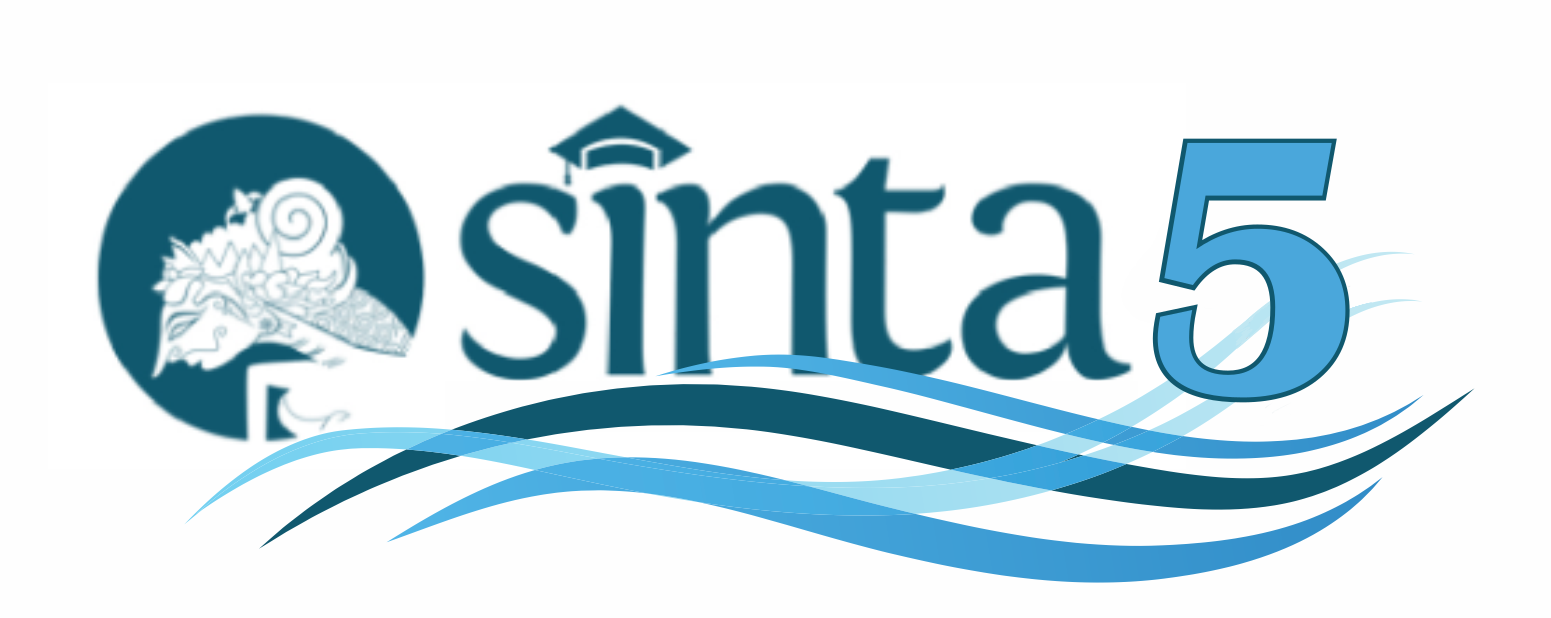Analisis Spasial Beban Limbah Budidaya Tambak Terhadap Lingkungan Perairan Pesisir Holtekamp Kota Jayapura, Provinsi Papua
DOI:
https://doi.org/10.31957/acr.v2i2.1069Abstract
This study was conducted to determine water quality conditions and the carrying capacity of Holtekamp coastal, to identify the aquaculture activities that contribute waste on coastal and impact of aquaculture waste load. Water and plankton samples were collected from fish ponds (tambak), Kali Buaya channel and sea. Questionnaires were administered to 25 farmers. Results of water quality analyses showed that Holtekamp coastal water is characterized with higher concentration of BOD5 (Biological oxygen demand), N-total, COD (chemical oxygen demand) and TOM (total organic matter) 4.96 mg/l, 4.19 mg/l, 33.53 mg/l, and 22.18 mg/l, turbidity (7.02 NTU) and TSS (total suspended solids) 201.67 mg/l were higher in Kali Buaya chanal and PO4-P (2.08) in fishpond. The carrying capacity of coastal water is 10.452.915 m3 and a maximum of effluents 104.529 m3, respectively.
Key Words:Â Ponds;Â Effluents;Â Water quality;Â Carrying capacity;Â Holtekamp
Downloads
References
APHA (American Public Health Association). 1989. Standard Methods for The Examination of Water and Wastewater. 17th ed. APHA, AWWA (American Water Works Association), and WPCF (Water Pollution Control Federation). Washington DC: APHA Publication.
Badan Pusat Statistik (BPS) Kota Jayapura. 2010. Kota Jayapura dalam Angka 2009. Kota Jayapura: Badan Pusat Statistik (BPS) Kota Jayapura.
Barg, U.C. 1992. Guidelines for The Promotion of Environmental Management of Coastal Aquaculture Development. FAO Fisheries Technical Paper 328, FAO, Rome.
Boyd, C.E. 1999. Management of shrimp ponds to reduce the eutrophication potential of effluents. The Advocate, 1999, 12-13.
Boyd, C.E. 2003. Guidelines for aquaculture effluent management at the farm-level. Aquaculture, 226, 101-112.
Boyd, C.E. and Musiq, Y. 1992. Shrimp Pond Effluent: Observation of the Nature of the Problem on Commercial Farm. In: Wyban J. (ed.), Proceeding of the Special Session on Shrimp Farming, pp. 195-197. World Aquaculture Society. Baton Rouge.
Dahuri, R., Kusumastanto, T., Hartono, A., Anas, P. and Hartono, P. 2009. Enhancing Sustainable Ocean Development: An Indonesian Experience. Centre for Coastal and Marine Resource Studies Bogor Agricultural University and Partnership for Governance Reform (Kemitraan). Jakarta: An-Nada Press.
Dinas Perikanan dan Kelautan Kota Jayapura. 2010. Laporan Tahunan Tahun 2009. Kota Jayapura: Dinas Perikanan dan Kelautan Kota Jayapura. Provinsi Papua.
Effendi, H. 2000. Telaahan Kualitas Air: Bagi Pengelolaan Sumberdaya dan Lingkungan Perairan. Jurusan Manajemen Sumberdaya Perairan, Fakultas Perikanan dan llmu Kelautan, IPB. Bogor.
Khan, M. and Khan, M.A. 2007. The potential of waste stabilization ponds effluents as liquid fertilizer. Pak. J. Bot., 39, 817-829
KLH. 2004. Keputusan Menteri Negara Kependudukan dan Lingkungan Hidup, No. 51 Tahun 2004, tanggal 8 April 2004 tentang Baku Mutu Air Laut. Jakarta: Kementerian Lingkungan Hidup.
Lin, C.K. and Yi, Y. 2003. Minimizing environmental impacts of freshwater aquaculture and reuse of pond effluents and mud. Aquaculture, 226, 57-68.
Mukhtasor. 2007. Pencemaran Pesisir dan Laut. Jakarta: PT. Pradnya Paramita
Mustafa, A. dan Tarunamulia. 2009. Analisis daya dukung lahan tambak berdasarkan pada kuantitas air perairan di sekitar kecamatan Balusu Kabupaten Barru Provinsi Sulawesi Selatan. J. Ris. Akuakultur, 4, 395-406.
Poernomo, 1992. Pemilihan lokasi tambak udang berwawasan lingkungan. Jakarta: Pusat Penelitian dan Pengembangan Perikanan, Badan Penelitian dan Pengembangan Pertanian, Departemen Pertanian RI.
Poernomo, A. 1988. Pembuatan Tambak Udang di Indonesia. Seri Pengembangan No. 7. Maros: Balai Penelitian Perikanan Budidaya Pantai.
Primavera, J.H. 2006. Overcoming the impact of aquaculture on the coastal zone. Ocean and Coastal management, 49, 531-545.
Robertson, A.I. and Phillips, M.J. 1995. Mangrove as filters of shrimp pond effluent: predictions and biogeochemical research needs. Hydrobiologia, 295, 311-321.
Sumagaysay, N.S. 1998. Milkfish (Chanos chanos) production and water quality in brackishwater ponds at different feeding levels and frequencies. J. Appl. Ichthyol., 14, 81-85.
Sumagaysay, N.S. and Diego, M.L.S. 2003. Water quality and holding capacity of intensive and semi-intensive milkfish (Chanos chanos) ponds. Aquaculture, 219, 413-429.
UNESCO/WHO/UNEP 1992. Water Quality Assessments. London: Chapman and Hall Ltd.
Widigdo, B. 2000. Diperlukan pembakuan kriteria eko-biologis untuk menentukan “potensi alami†kawasan pesisir untuk budidaya udang. Prosiding Pelatihan untuk Pelatih Pengelolaan Wilayah Pesisir Terpadu, PKSPL-IPB. Bogor 21-26 Februari 2000.
Downloads
Published
Issue
Section
License
Authors who publish with this journal agree to the following terms:
- Authors retain copyright and grant the journal right of first publication with the work simultaneously
licensed under a Creative Commons Attribution-NonCommercial-ShareAlike 4.0 International License
that allows others to share the work with an acknowledgement of the work's authorship and initial
publication in this journal. - Authors are able to enter into separate, additional contractual arrangements for the non-exclusive
distribution of the journal's published version of the work (e.g., post it to an institutional repository
or publish it in a book), with an acknowledgement of its initial publication in this journal. - Authors are permitted and encouraged to post their work online (e.g., in institutional repositories or
on their website) prior to and during the submission process, as it can lead to productive exchanges,
as well as earlier and greater citation of published work (See The Effect of Open Access).




















